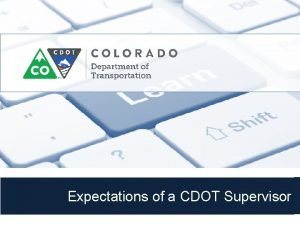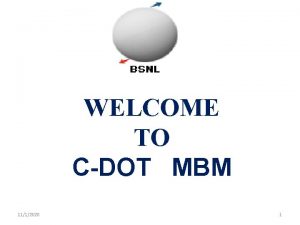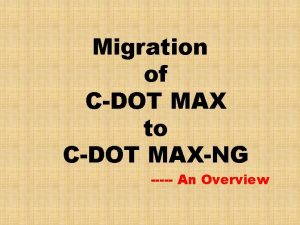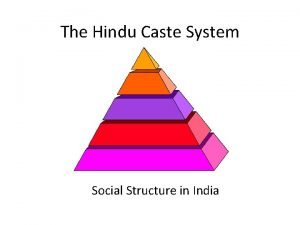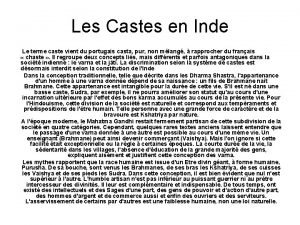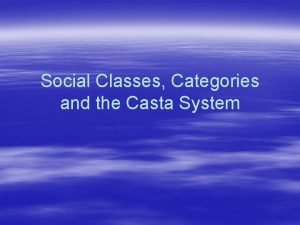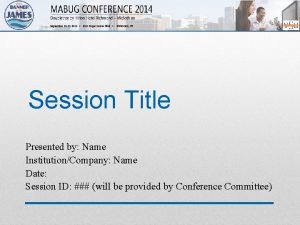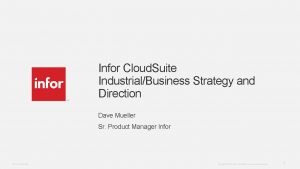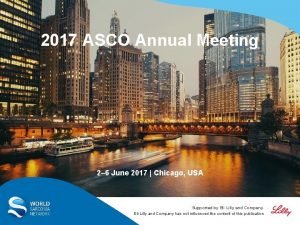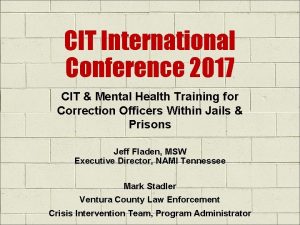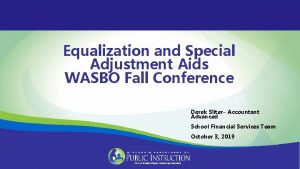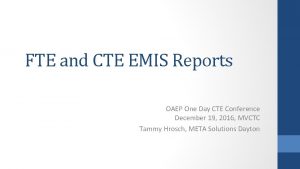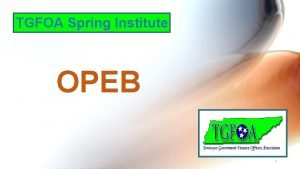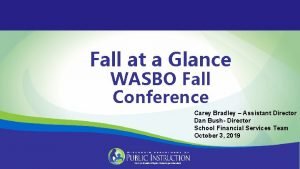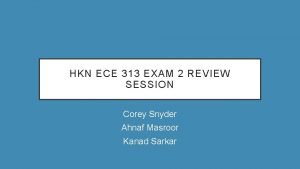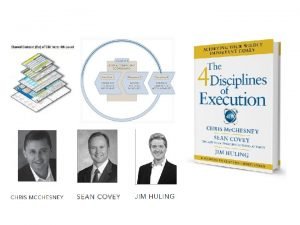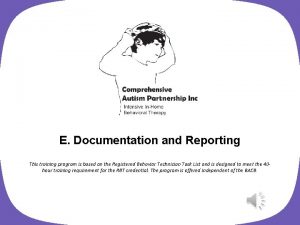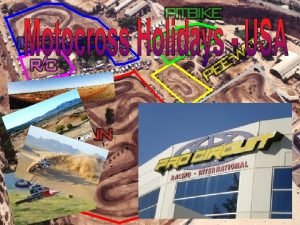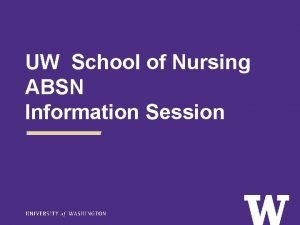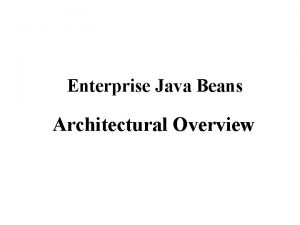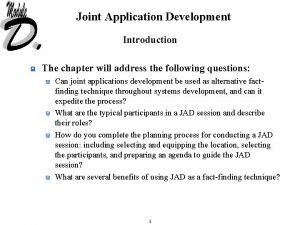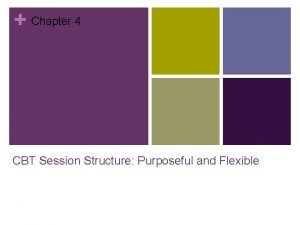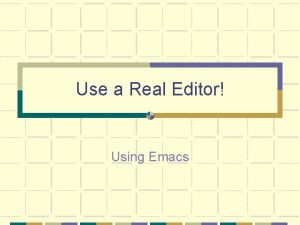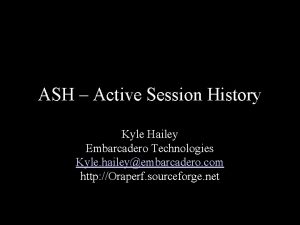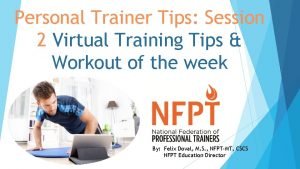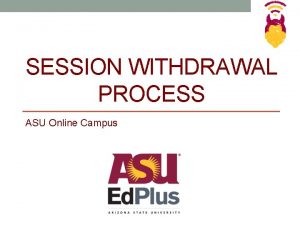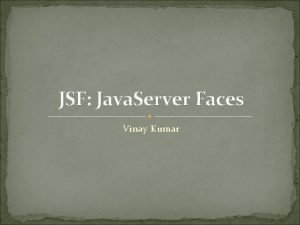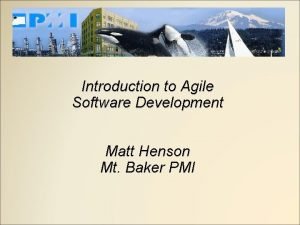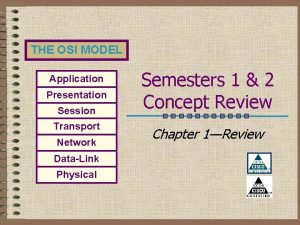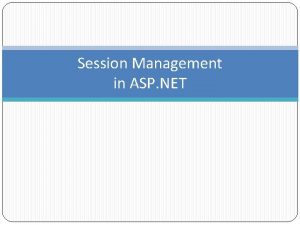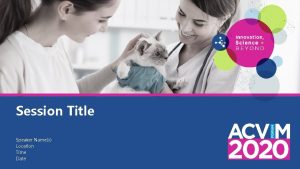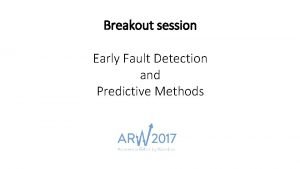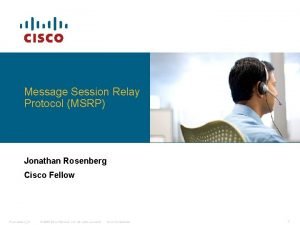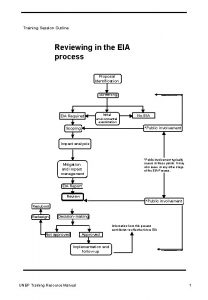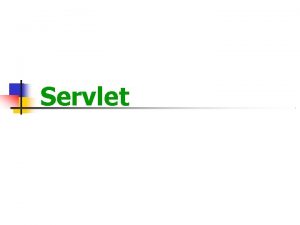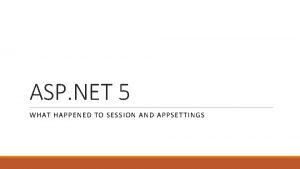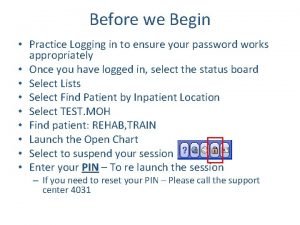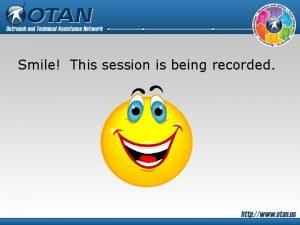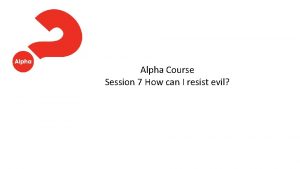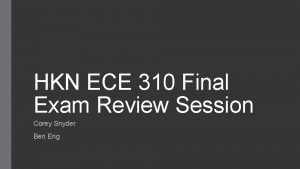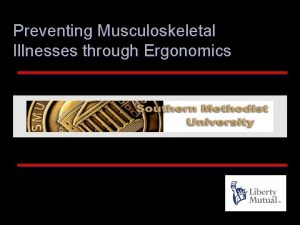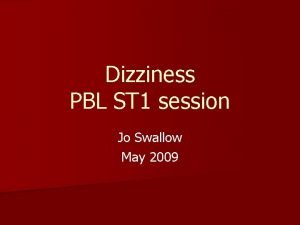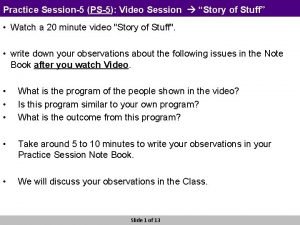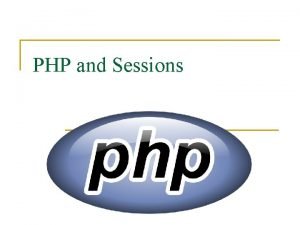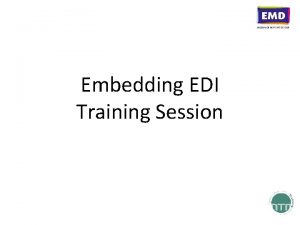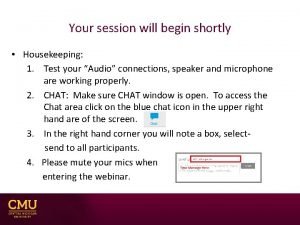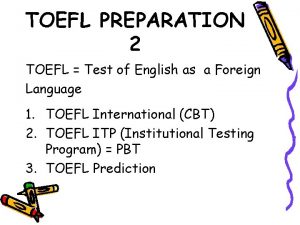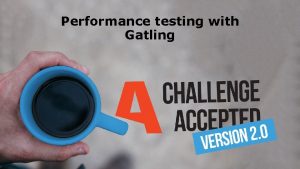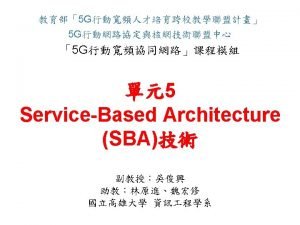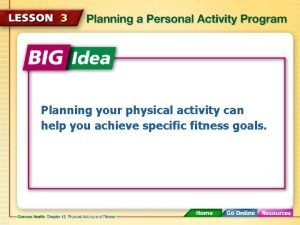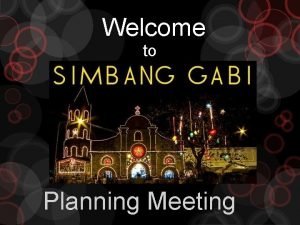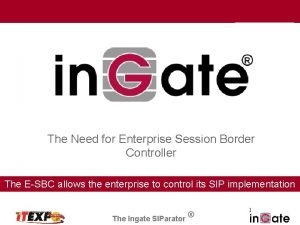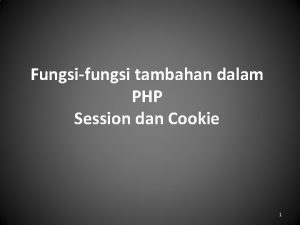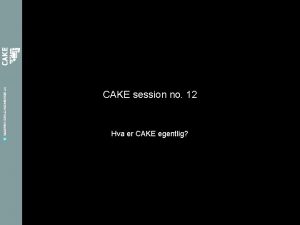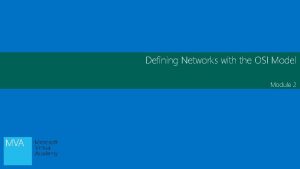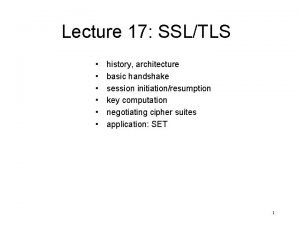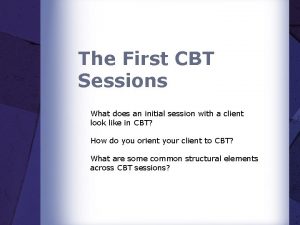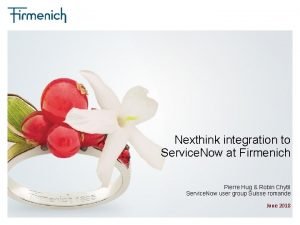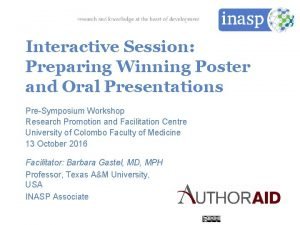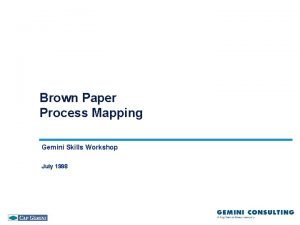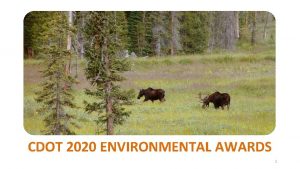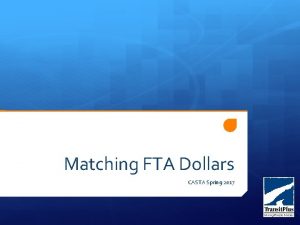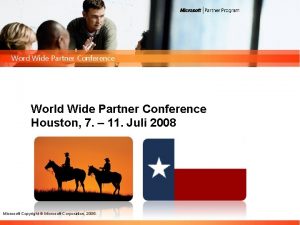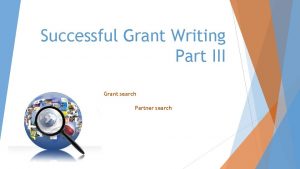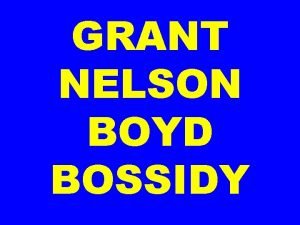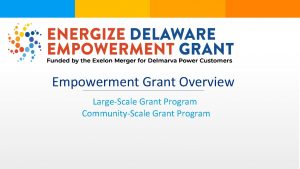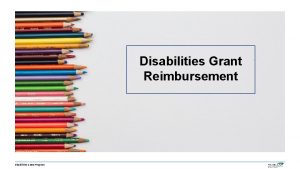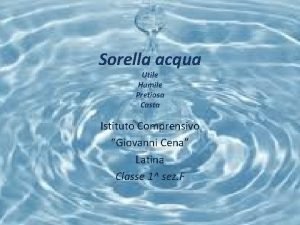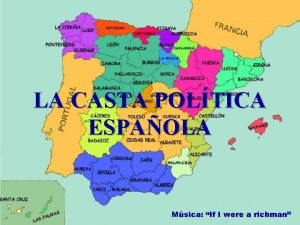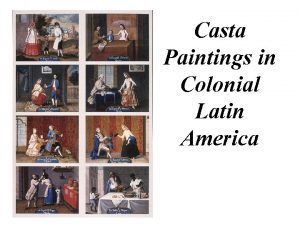CASTA Fall 2017 Conference CDOT Grant Partner Session








































































- Slides: 72

CASTA Fall 2017 Conference CDOT Grant Partner Session

2 Welcome • Introductions • Agenda Overview • Thank you

3 Agenda • • • Grants & Grant Partner Topics Bus Operations and “Outrider” Topics Planning Related Topics SB 267 Discussion Adjourn

4

5 Grants & Grantees Topics

6 New DTR Grant Coordinator Regions

7 Grants By the Numbers FY 17 FASTER Grants - Average 282. 6 Days 7% 4% 4% Award to SOW 1 - 185 Days SOW 1 to SOW Final Shopping Cart to Agreement Offered 22% 66% Agreement Offer to Returned to CDOT to Executed SOW 1 – Executed Grant Agreement: Shortest: 32 Days Longest: 141 Days

8 Grants By the Numbers FY 18 FASTER Grants - Average 181. 1 Days 6% 8% Award to SOW 1 - 100 Days 5% SOW 1 to SOW Final Shopping Cart to Agreement Offered 55% 24% Agreement Offer to Returned to CDOT to Executed SOW 1 – Executed Grant Agreement: Shortest: 35 Days Longest: xxx Days

9 Grants By the Numbers FY 16 5310 Grants - Average 246. 1 Days 7% 4% Award to SOW 1 - 122 Days 6% SOW 1 to SOW Final 50% 33% Shopping Cart to Agreement Offered Agreement Offer to Returned to CDOT to Executed SOW 1 – Executed Grant Agreement: Shortest: 32 Days Longest: 252 Days

10 Grants By the Numbers FY 17 5310 Grants - Average 130. 2 Days 8% Award to SOW 1 - 59 Days 14% SOW 1 to SOW Final 46% 10% Shopping Cart to Agreement Offered Agreement Offer to Returned to CDOT to Executed 19% SOW 1 – Executed Grant Agreement: Shortest: 27 Days Longest: xxx Days

11 Grants By the Numbers FY 16 5311 Grants – Average 209. 8 Days 7% 4% Award to SOW 1 - 119 Days 7% SOW 1 to SOW Final Shopping Cart to Agreement Offered 25% 57% Agreement Offer to Returned to CDOT to Executed SOW 1 – Executed Grant Agreement: Shortest: 54 Days Longest: 222 Days

12 Grants By the Numbers FY 17 5311 Grants – Average 128 Days 8% Award to SOW 1 - 65. 3 Days 11% SOW 1 to SOW Final 7% Shopping Cart to Agreement Offered 51% Agreement Offer to Returned to CDOT 20% Returned to CDOT to Executed SOW 1 – Executed Grant Agreement: Shortest: 27 Days Longest: 111 Days

13 Grants By the Numbers FY 16 5339 Grants – Average 231. 3 Days 4% 15% Award to SOW 1 - 109 Days SOW 1 to SOW Final 8% 47% Shopping Cart to Agreement Offered Agreement Offer to Returned to CDOT to Executed 24% SOW 1– Executed Grant Agreement: Shortest: 54 Days Longest: 224 Days

14 Grants By the Numbers FY 17 5339 Grants – Average 113. 9 Days 10% Award to SOW 1 - 53. 3 Days SOW 1 to SOW Final 22% 47% Shopping Cart to Agreement Offered Agreement Offer to Returned to CDOT to Executed 7% 14% SOW 1– Executed Grant Agreement: Shortest: 35 Days Longest: 85 Days

15 Grants By the Numbers CY 2017 5311 A&O Grants – Average 122. 5 Days 8% Award to SOW 1 - 77 Days CY 17 - 39 Days CY 18 SOW 1 to SOW Final 15% Shopping Cart to Agreement Offered 6% 4% 64% Agreement Offer to Returned to CDOT to Executed Award – Executed Grant Agreement: Shortest: 33 Days Longest: 84 Days

16 Grants By the Numbers CY 2017 5310 O/MM Grants – Average 127. 6 Days 8% Award to SOW 1 - 83 Days CY 17 - 40 Days CY 18 SOW 1 to SOW Final 13% 5% Shopping Cart to Agreement Offered Agreement Offer to Returned to CDOT 6% 65% Returned to CDOT to Executed Award – Executed Grant Agreement: Shortest: 27 Days Longest: 57 Days

17

18

19

20 Reimbursements • Submit eligible and allowable costs – 2 CFR 200. 420 -475 – FTA C 5010. 1 E Chapter VI – Grants Management – FTA C 9040. 1 G – 5311 • “At a minimum, states must consider the following items as operating expenses: fuel, oil, drivers’ salaries and fringe benefits, dispatcher salaries and fringe benefits, and licenses. ”

21 2017 Grantee Oversight • 18 Different Grantees to Review – 8 Reviews Completed – 10 Reviews to Go • Using the GIR (Grantee Information Request) – Desk Review – Site View – Follow Up – Training, Templates, Guidance • Opportunity to improve Best Management Practices

22 2018 State Management Review • FY 2018 SMR – GIR to arrive in Oct/Nov – Since March – Answering GIR questions • 17 Sections, Answered over 400 Questions – FTA moving to – “Source Documents” • Gathering “known” source documents – FTA will requests to conduct reviews on two grantees

23 State Management Plan • Changes – Oversight – 5311 Approach – Mobility Management • Updates – Public Involvement and Review • Ideal Schedule of Update – Ready for final public input and review by Town Halls

24 DTR Annual Budget Transit Expenditure Area, Regardless of Funding Source Budget (Millions ) Local Capital: Vehicles, Equipment, Buildings, Facilities $17. 0 Local Operating, Coordinating Councils, Mobility Management $7. 5 Intercity 5311(f), Bustang, & FASTER Regional Operating $5. 5 Administration, Compliance, RTAP, 5304 Planning, Tech Assistance $2. 5 Total $32. 5

25 Delivery of Project or Service Transit Program Delivery State $5. 5 M 17% $2. 5 M 8% Shared $24. 5 M 75% Local Shared. State Influence on Decisions

26 Delivery of Project or Service Transit Program Delivery State CDOT Park & Ride Shared FASTER Operating State Bustang Transit Plan 5311(f) & Mitigation Outrider & CSS 5310 5311 FASTER Local Shared 5304 Park & Planning Ride Shared State Influence on Decisions

27 Bustang & Bustang Outrider Update

28 Planned Bustang 2018 Service Enhancements • Add Glenwood to Denver “Seasonal” Service – 1 roundtrip/day; Dec 15 - Easter • Add Grand Junction to Denver – 1 roundtrip/day – Convert current Greyhound route to Bustang • Add Denver to Raton NM – Adds 1 roundtrip Denver to Colorado Springs – Extends Bustang to Trinidad & Pueblo

29 2018 Intercity, Bustang, and Outrider System Map

30 Bustang Outrider • • Unified branding Locally delivered Partnerships Customer service

31 Planning Related Topics

32 State Safety Oversight (SSO) • Under MAP-21, states assume greater responsibility for overseeing the safety of their rail systems • FTA is responsible to review and approve each state’s SSO program • By April 15, 2019, each state must have a certified SSO program – No SSO certification means no FTA funding for the state • Colorado Public Utilities Commission has responsibility for safety and security of rail systems in the state

33 State Safety Oversight (SSO)

34 State Safety Oversight • PUC has currently submitted all documentation for review except revised Program Standard • Program Standard to be submitted to FTA by January 2018 • Goal is to submit certification application by April 2018

35 Transit Development Program

36 Transit Development Program • A tool to support comprehensive, statewide planning and project funding considerations for transit and rail projects • Contains an inventory of transit & rail projects identified through local, regional and statewide planning processes – Facilities, equipment, service expansions

37 Transit Development Program Purpose: • To bridge the gap between long-range plans and short-term funding programs limited by fiscal constraint • To facilitate robust public collaboration on Transit investment decisions • To proactively prepare for unexpected funding opportunities • To support statewide Transit policy discussions

38 Transit Development Program CDOT’s Goals: • To quantify the Transit investment needs in Colorado • To integrate long-range Transit planning and funding priority decisions with the formal Statewide Transportation Planning process

39 Transit Development Program NEXT STEPS: – DTR Outreach to TPRs, MPOs and Transit stakeholders to update project information, add projects not identified in plan documents – Identify project “partnerships”: highway-transit, local-regional-statewide, multimodal, etc. – Identification of statewide, regional and local priorities (as part of 2018 Transit Plan update)

40 Transit Asset Management (TAM)

41 Transit Asset Management (TAM) Definition: • A strategic approach to managing transit assets, focusing on an agency's business processes for resource allocation and utilization with the objective of better decision-making based upon quality information and well-defined objectives.

42 Transit Asset Management (TAM) FTA Definition: • A business model that prioritizes funding based on the condition of transit assets, in order to achieve or maintain transit networks in a state of good repair (SGR). • July 2016, FTA issued a final rule requiring transit agencies to maintain—and document—minimum TAM standards.

43 FTA Final Rule • Establishes a National Transit Asset Management (TAM) System – State of Good Repair (SGR) standards – Four SGR Performance measures • Requires all recipients and sub-recipients of Federal funds to develop and implement TAM Plans by October, 2018* • DOTs must develop Group TAM Plans for Tier II Transit Providers

44 FTA Final Rule • Tier I: – Operate rail fixed guideway – Operate 101 or more fixed-route revenue vehicles (peak) – Operate 101 or more revenue vehicles on any one non-fixed-route mode (peak) • Tier II: – Only receives funds as a State sub-recipient – American Indian Tribes – A subrecipient under the 5311 Rural Area Formula Program – May opt to develop their own TAM Plan

45 Group II TAM Plans Must include: • An asset inventory – Rolling Stock, Equipment, Facilities, Infrastructure • Condition assessment of assets • Set performance targets based on SGR measures • Prioritized list of investments to improve the SGR of capital assets • NTD reporting of targets, current condition data, and narrative of the affect of prior year’s investments on those performance measures

46 TAM Phase In Schedule Due October, 2018: • Complete a compliant TAM Plan* – Report FY 18 Asset Inventory Module (AIM) data to NTD – Condition data on all vehicles – Condition data on ¼ of Facilities – Submit targets for FY 19 to NTD

47 TAM Phase In Schedule Due October, 2019: – Report FY 19 AIM data to NTD – Submit targets for FY 20 to NTD – Condition data on vehicles – Condition data on ½ of Facilities – First narrative report on meeting targets

48 Next Steps • Asset Inventory cleanup (Oct-Dec 2017) – Information needed for NTD reporting, TAM Plans, and award oversight – Identification data, characteristics, condition, funding information • Set Internal Targets for FY 18 (Jan 2018) • Draft written TAM Plan (Feb-Aug 2018) • Final TAM Plan (Sept 2018)

49 5311 Distribution Process

50 What is the Effort? • Two-year effort to create new policy on how CDOT distributes 5311 operating funds • Needed because: – Slow or no growth in federal funding – New agencies are requesting funding – Limited transparency in old methodology

51 What Has Resulted? • 5311 Subcommittee formed in October 2016 • New methodology for distributing funds approved in April 2017 – One-year approval by CDOT Transportation Commission • Methodology was used to determine grant levels for 2018

52 What is the Methodology? 1. Categorize grantees into peer groups – Based on expenses, miles, hours, trips 2. Assign a budget factor to each category: – – – Very Small: 50% Small: 45% Medium: 21% Large: 14% Extra Large: 4%

53 What is the Methodology? (cont) 3. Keep some grantees whole or allow a higher percentage of funding 4. Allow for gradual increases and decreases from previous year award – Decreases of 3%, 5%, 6%, and 7%

54 What’s Next? • Subcommittee will continue to meet – Explore concerns raised by CDOT Transportation Commission • Evaluating other scenarios • Plan to finalize methodology in time for 2019 awards

55 Grant Opportunities • Upcoming Notice of Funding Availabilities (NOFAs) for planning and capital projects • FTA 5339 opportunities • Volkswagen Settlement funds

56 Upcoming NOFAs • NOFA for planning projects – FTA 5304 funds • Examples of projects include: – – Transit operating plans Other planning effort Research Demonstration projects • Past projects include feasibility studies, transit plan updates, improved marketing opps, coordination studies, etc • FASTER planning money available for preconstruction work (NEPA, design), but awarded during capital call

57 Upcoming NOFAs – cont • NOFA for capital projects – FTA 5310, 5311, 5339, FASTER • Anticipated Oct. 9 - Nov. 21, (6 wks) • Examples of projects include: – Vehicles – Equipment (mtce. , ITS, etc. ) – Facilities (transit stops, park and rides, maintenance buildings, etc. ) – Pre-construction (NEPA, design)

58 Section 5339 • Nationwide, competitive programs – Low or No Emission Vehicle ($55 million) AWARDED $1. 45 Million!! – Bus and Bus Facilities ($227 million) • CDOT submits a consolidated application on behalf of rural agencies • CDOT and CASTA paid for consultant to help review & refine applications – Excellent opportunity to improve grant writing

59 Section 5339 • Will you apply next year? – Introduce/expand electric vehicles? – Backlog of old vehicles? – Facility needs?

60 Volkswagen Settlement • VW has agreed to settle allegations it cheated on federal emission tests • Colorado expects to receive $68. 7 million • Colorado Dept of Public Health and Environment (CDPHE) designated as the state’s lead agency • CDPHE partnered with CEO, RAQC, and CDOT to develop a spending plan known as the Beneficiary Mitigation Plan (BMP) • Funds must be drawn within 10 years, spent within 15

61 Volkswagen Settlement • Draft BMP has five funding categories: 1. $10. 3 M (15%) for electric vehicle charging infrastructure 2. $18 M (26%) for alt-fuel vehicles 3. $18 M (26%) for alt-fuel transit buses & related charging facilities (EV) 4. $5 M (7%) for non-road diesel engines or equipment 5. $12. 2 M (18%) million reserve fund

62 Volkswagen Settlement • Comments will be accepted until October 13 th – Submit to: cdphe. commentsapcd@state. co. us https: //www. colorado. gov/cdphe/vw • Funding will be awarded in conjunction with CDOT’s annual capital NOFA (likely 2018) GREAT OPPORTUNITY TO INTRODUCE ALT -FUEL VEHICLES TO YOUR FLEET

63 Questions & Answers

64 SB 267 & Possible Reprogramming of Annual Transit Funds

65 Reprogramming Transit Funds • 5311 process brought focus to divergent transit needs – Mountain versus Resort versus More Rural Communities – Demand Response versus Fixed Route Transit Systems – Local abilities to fund transit needs • What is Fair and Equitable? – Human Service trips have top priority - Agreed – Service Sector employee commute trips important – Congestion reduction important • More Operating Funds Needed – – Must be sustainable FTA funding increases not keeping pace with operating costs Nat’l Ave State Funding 23% / Colorado 1% Minimum Wage to exacerbate problem

66 Reprogramming Transit Funds • Rural Transit Funding Stream – Sustainable – FTA & FASTER Transit – Periodic – e. g. SB 228 & SB 267 • Current Uses – Operating – FTA funds – Capital – FTA and FASTER Transit

67 Existing Funds & Uses

68 Reprogramming Transit Funds • Possible Scenario – Utilize sustainable FASTER Transit for operating funds Ø Use FASTER Local funds to increase Local Operating Pool Ø $2. 0 M/year, 25% increase to local operating pool Ø Reduces local match, emphasis on most rural communities Ø Use FASTER Statewide funds to increase Interregional and Rural Reg Pools Ø $0. 5 M/year for Bustang, 16% increase for service expansion Ø $1. 5 M/year for Outrider, 88% increase for new routes or local assistance – Utilize periodic State funds to backfill capital needs Ø Use SB 228 funds for Local Capital Pool Ø $10. 0 M at $2. 0 M/year for 5 years Ø Use SB 267 funds for larger facilities Ø Park and Rides, transit centers, maintenance facilities, BRT facilities, etc Ø Commit future periodic State funds to Local Capital Pool

69 Figure 2: Possible Reprogramming of Funds and Uses

70 Questions & Answers

71 Adjourn Thank you & Safe Travels

healthy 72
 2017 dvhimss annual fall conference
2017 dvhimss annual fall conference Cdot
Cdot 1112020
1112020 Cdot ngn
Cdot ngn Il sacrificio di ifigenia lucrezio
Il sacrificio di ifigenia lucrezio No me conformo no me desespero
No me conformo no me desespero Casta esteban y navarro
Casta esteban y navarro Indian social class
Indian social class Caste inde
Caste inde Casta system
Casta system Name title date
Name title date Infor ion bi
Infor ion bi 2017 asco oncology practice conference
2017 asco oncology practice conference Arma conference 2017
Arma conference 2017 Cit international conference
Cit international conference Wasbo fall conference
Wasbo fall conference Oaep fall conference
Oaep fall conference Tgfoa fall conference 2021
Tgfoa fall conference 2021 Wasbo fall conference
Wasbo fall conference Hkn review session
Hkn review session Compelling scoreboard
Compelling scoreboard Behavior technician rbt session notes examples
Behavior technician rbt session notes examples San diego foundation
San diego foundation Uw absn
Uw absn Stateful session bean life cycle
Stateful session bean life cycle Advantages of joint application development
Advantages of joint application development Structure of cbt session
Structure of cbt session Emacs session
Emacs session Active session history
Active session history Ace cpt promo code
Ace cpt promo code Asu complete session withdrawal
Asu complete session withdrawal Jsf redirect page
Jsf redirect page Agile approach to documentation is
Agile approach to documentation is Route determination in osi model
Route determination in osi model Session tracking in asp.net
Session tracking in asp.net Speaker session names
Speaker session names Define breakout session
Define breakout session Relay protocol
Relay protocol Training session outline
Training session outline Mainframe session manager
Mainframe session manager Active listening drawing activity
Active listening drawing activity Which cookie is valid for single session only
Which cookie is valid for single session only .net 5 session
.net 5 session Meditech suspend session icon
Meditech suspend session icon This session is being recorded
This session is being recorded Alpha course session 7
Alpha course session 7 Year up info session
Year up info session Hkn review session
Hkn review session The session motorcycle
The session motorcycle Ergonomics session
Ergonomics session Jo swallow
Jo swallow Session ps5
Session ps5 General.php?seccion=
General.php?seccion= What is edi training
What is edi training Word 2016 session 2 post assessment
Word 2016 session 2 post assessment Education live will begin shortly.
Education live will begin shortly. Skill 23: anticipate the topics answers
Skill 23: anticipate the topics answers Gatling doif example
Gatling doif example 5g stack
5g stack Css session
Css session An exercise session has three stages
An exercise session has three stages Meet the parents session
Meet the parents session Simbang gabi prayer
Simbang gabi prayer Enterprise session border controller
Enterprise session border controller Listening session template
Listening session template Php cookie
Php cookie Cake session
Cake session Session protocol data unit
Session protocol data unit Handshake
Handshake First cbt session structure
First cbt session structure Nexthink servicenow integration
Nexthink servicenow integration Interactive session poster
Interactive session poster Brown paper session
Brown paper session

